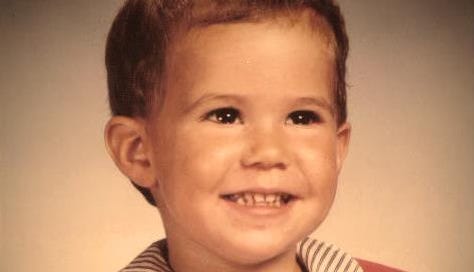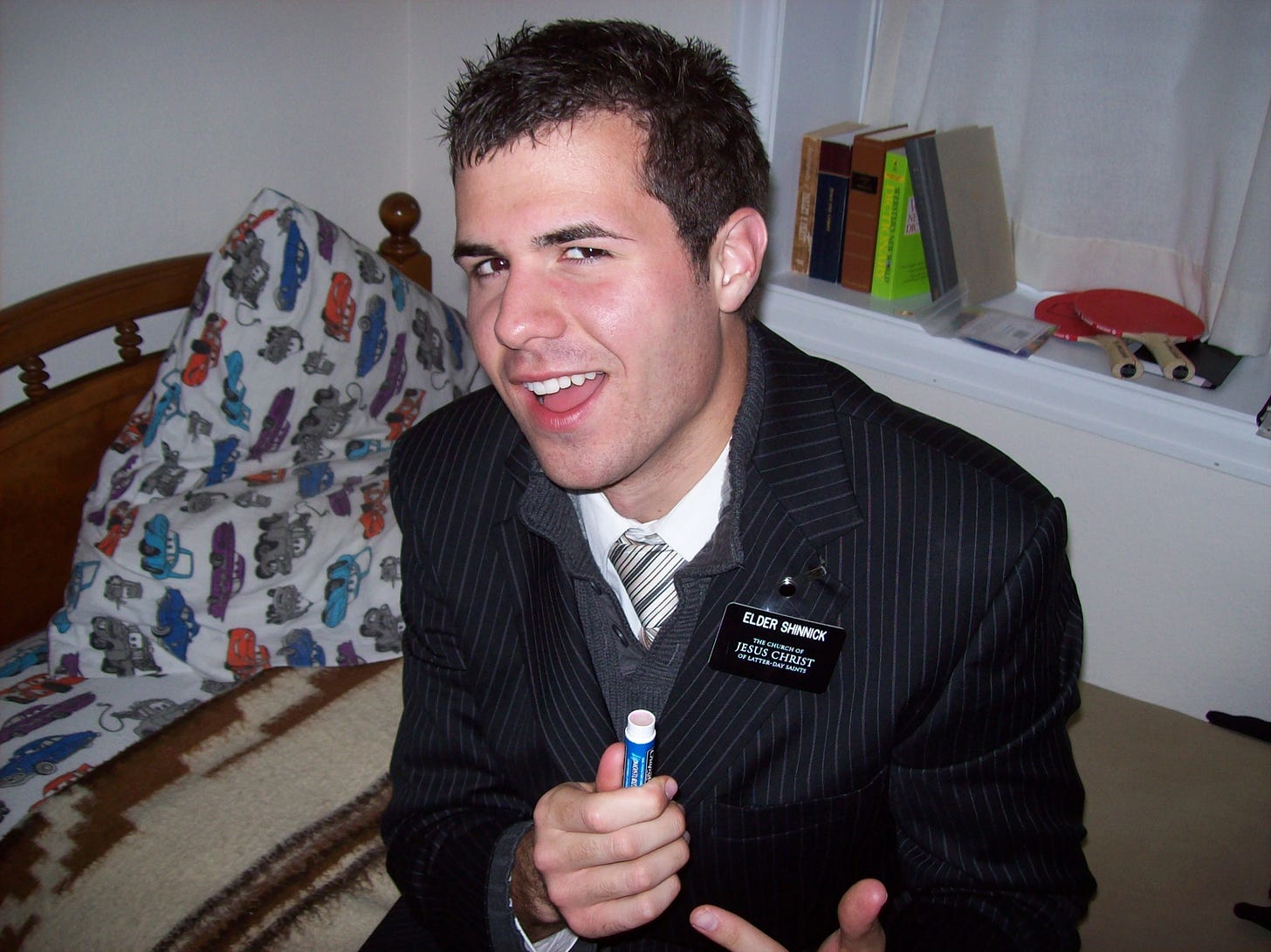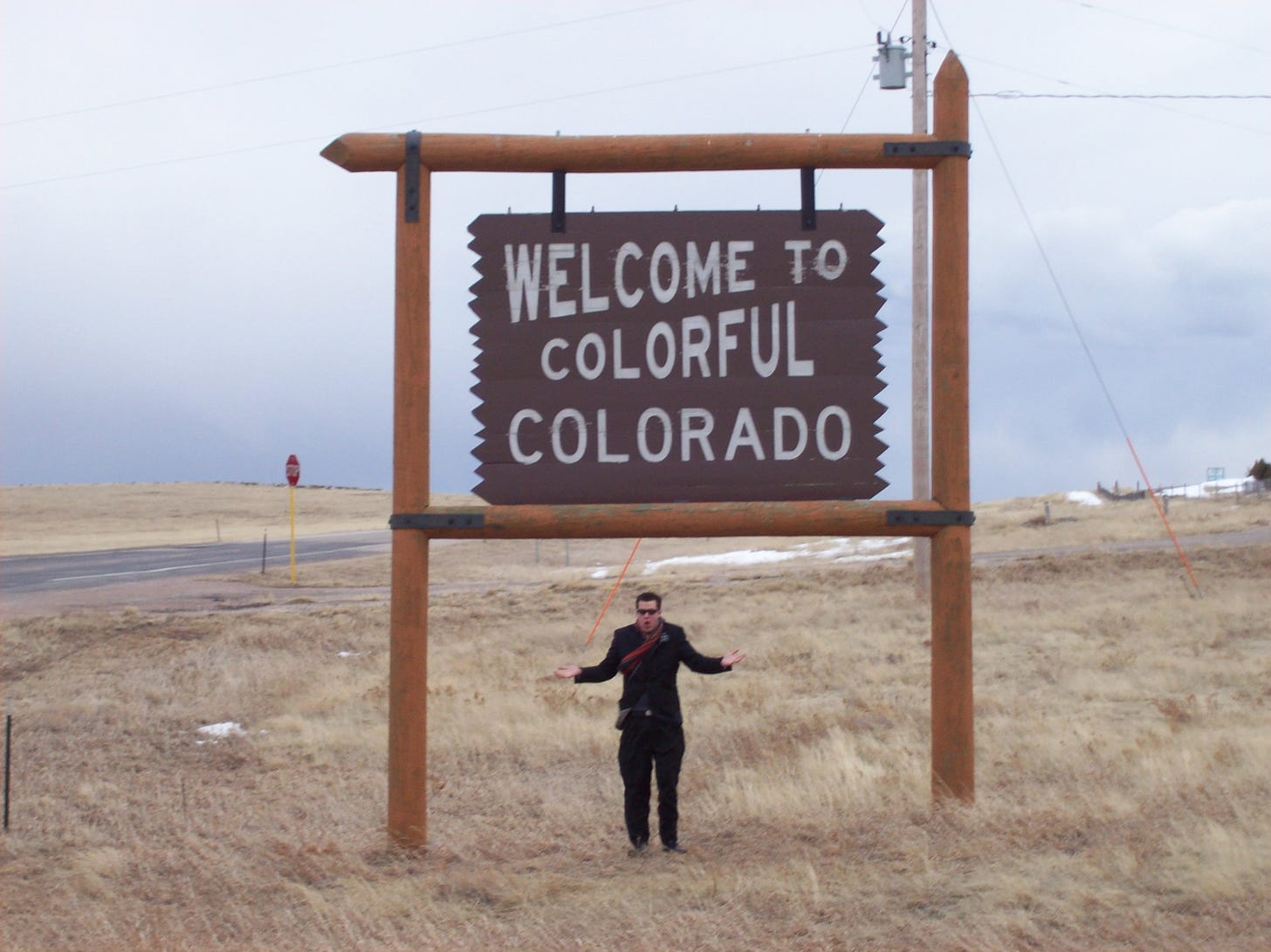In The Beginning ...
Growing up Mormon in the heart of the Appalachian Bible Belt, I stood as an anomaly amidst a vast sea of Protestant tradition, forging a divide between myself and my identity.
Every Sunday morning, as the sun rose over the fish ponds and llama pastures of my Appalachian childhood home, a familiar ritual unfolded with the consistency of dawn. The gentle tap on my door was my signal, accompanied by an enthusiastic "Up and At 'Em," heralding the arrival of Sunday and, with it, church.
Transforming from a sleepy adolescent into a presentable Mormon church boy was nothing short of an art form. It began with rummaging through my collection of white oxford shirts, buried within the chaos of my dirty clothes pile. Like finding a needle in a haystack, I'd sift through shirts too small from years past until I located the quintessential, albeit ill-fitting, white short-sleeve button-up—a staple of Mormon fashion. This shirt, symbolic of my Sunday best, would undergo a meticulous inspection for any stains, particularly a yellowing collar, before having its true shape revived by the family iron.
Next came the tie. My humble collection hung on a cheap wire hanger most likely left over from the dry cleaner. Then, with my hands, trained by years of practice, I’d mindlessly tie a haphazard half windsor knot in mere moments, completely reliant on muscle memory alone.
But this Sunday was different. This Sunday, I received my first suit, at the age of 11 —a deep navy blue with a thick wool and plenty of room to grow into. In Mormonism, especially as a young boy, your first suit is a right of passage, an introduction into manhood.
Then, with an air of precision, as a family, we'd pile into our baby blue 1988 Ford Aerostar van by 8:25 for the more than 30 minute drive to our chapel.
Relegated to the back row, I'd gaze out the window, lost in thought as we drove down the country highway past a multitude of our community’s Protestant churches. As I gazed out the window, I'd notice the cars of neighbors and friends in those other church parking lots. I always wondered what went on inside. Did they have snacks? It didn’t look like they needed to wear a tie. How I longed to be among my friends on an early Sunday morning.
As we pressed forward, our journey through the rolling Appalachian foothills would take us from cornfields perfumed with fresh chicken manure, dilapidated and vacant strip malls then, as we’d cross a bridge into the industrial side of town, we'd see smoke billowing from the chimneys of carpet factories nestled in the valley below.
Being raised Mormon in the heart of the Bible Belt, meant embodying an anomaly. In a land where one’s religious affiliation was central, my faith didn't just represent a belief in the eyes of others; it shaped my identity. Secretly, I longed for the anonymity of being Mormon in Utah, where blending in was easier.
Our family bore the label of "the Mormon family," a badge I wore with a mix of pride and isolation. Our weekly pilgrimage to the modest Mormon chapel, hosting a fluctuating congregation, became as routine as breathing. It was there where I would be constantly reminded of the missionary life awaiting my future, a destiny outlined by the songs and teachings of my youth.
From a tender age, the seeds of this future were sown with the lyrics of children's hymns, echoing through the halls within the Sunday school rooms.
"I hope they call me on a mission, when I have grown a foot or two," we'd sing, our voices buoyant with youthful zeal and a hint of naivety. These songs were not just tunes; they were a roadmap, foretelling our futures and the expectations laid out for us.
Missionary work, a tradition as old as the church itself, was framed as a narrative of sacrifice and devotion, ingrained in our collective consciousness. "Every worthy, able young man should prepare to serve a mission," Thomas S. Monson, a Mormon Prophet, emphasized, underlining the expectation that was set for us.
As I neared the age to embark on my own mission, the concept transitioned from an abstract expectation to a tangible reality. Missions represented not just an act of faith but a rite of passage, marking the transition to adulthood within a community that had predetermined this path for me.
Upon arriving at the chapel, we were often greeted by our congregation's missionaries, young men aged 19 to 21, typically experiencing their first venture outside of Utah's dominant Mormon culture. Their presence served as a constant reminder of the missionary life that awaited me. Soon, it would be my turn to reach the age of 19 and embark upon my own.
In this environment, where each Sunday gently nudged me toward a predestined path, I navigated my identity, faith, and dreams. Through embracing this journey, I discovered not only the boundaries of tradition but also the contours of my own beliefs, realizing that faith and identity are not merely inherited but discovered, questioned, and sometimes redefined.







